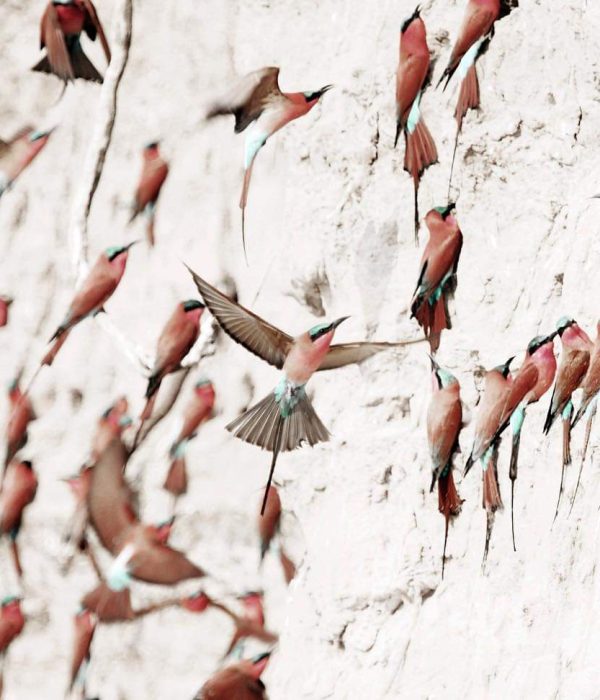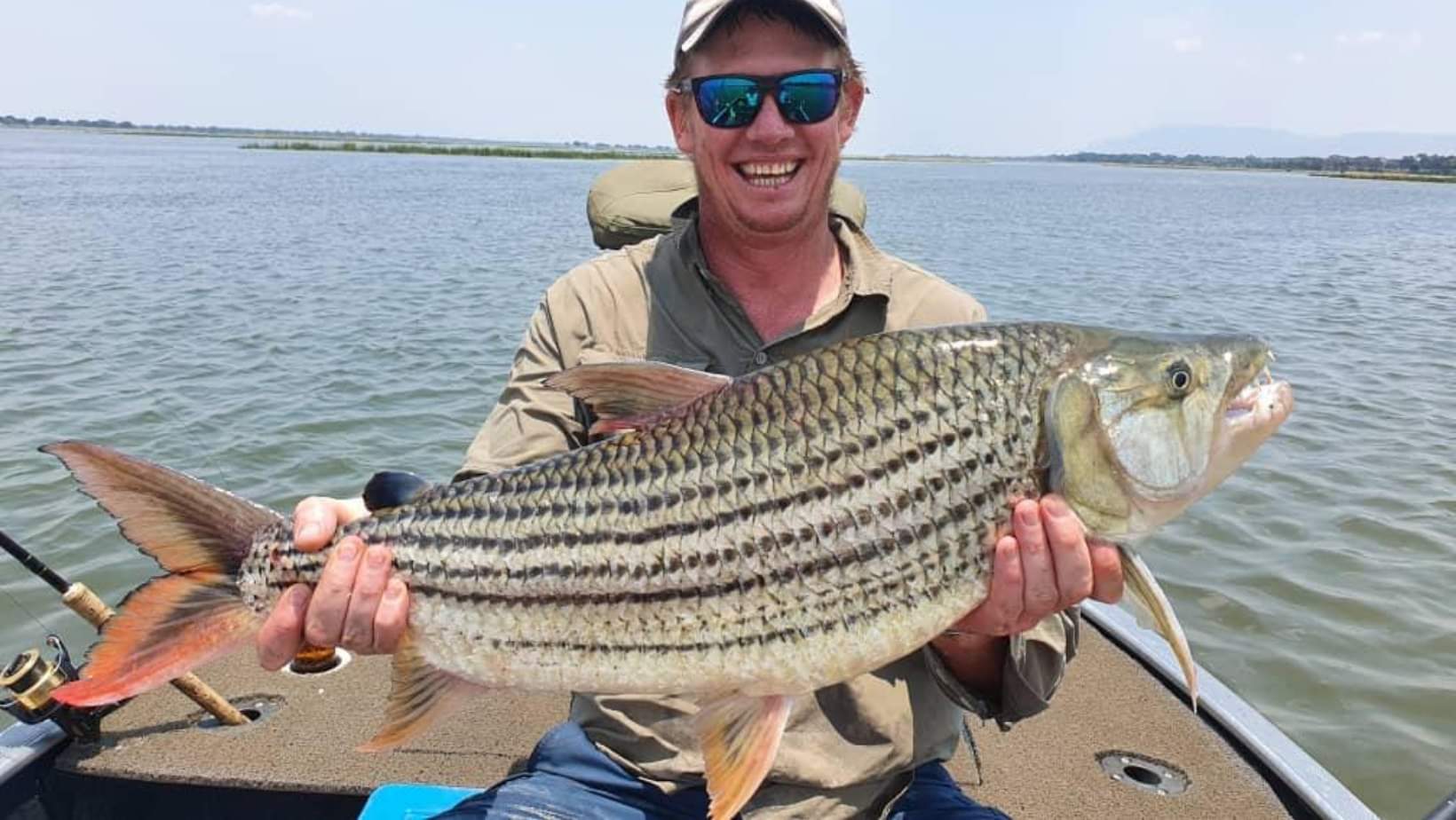South africa
The Rainbow Nation
Located at the southern tip of Africa, South Africa is a country known for its stunning natural beauty, diverse wildlife, and vibrant culture.
_Geography and Climate_
South Africa borders Namibia, Botswana, Zimbabwe, Mozambique, and Swaziland. The country's diverse landscape features:
1. Coastlines along the Atlantic and Indian Oceans
2. Mountains (Drakensberg, Table Mountain)
3. Savannas and grasslands
4. Deserts (Kalahari, Namib)
5. Rivers (Orange, Vaal, and Limpopo)
South Africa's climate varies from:
1. Mediterranean (western coast)
2. Subtropical (eastern coast)
3. Semi-desert (northwest)
4. Temperate (mountainous regions)
_Natural Attractions_
1. Table Mountain (Cape Town)
2. Kruger National Park (largest game reserve)
3. Garden Route (scenic coastline)
4. Winelands (Stellenbosch, Franschhoek)
5. Blyde River Canyon (largest green canyon)
_Cultural Heritage_
1. Diverse population (11 official languages)
2. Rich traditional music and dance
3. Vibrant local markets
4. Historical sites (Robben Island, Soweto)
5. UNESCO World Heritage Sites (Mapungubwe, iSimangaliso)
_Economy and Infrastructure_
1. Advanced economy and infrastructure
2. Mining (gold, diamonds, platinum)
3. Agriculture (maize, wheat, sugarcane)
4. Tourism (growing industry)
5. Major airports (Johannesburg, Cape Town, Durban)
_Cities_
1. Johannesburg (economic hub)
2. Cape Town (parliamentary capital)
3. Durban (coastal city)
4. Pretoria (administrative capital)
5. Port Elizabeth (coastal city)
_Language and Cuisine_
1. Official languages (Afrikaans, English, isiZulu, etc.)
2. Traditional dishes (bobotie, boerewors, bunny chow)
3. Wine production (Stellenbosch, Franschhoek)
_Safety and Health_
1. Generally a safe country
2. Vaccinations recommended (HIV, hepatitis)
3. Medical facilities available in major cities
_Tourist Information_
1. Visa requirements and regulations
2. Best time to visit (September-November, March-May)
3. Accommodation options (hotels, lodges, camping)
4. Activities (safaris, hiking, surfing, cultural tours)











